While I was enjoying my August beach vacation, the federal government was releasing its plan for rebuilding the New York City metro area and the New Jersey shore in the wake of Hurricane Sandy. I grew up in the New Jersey suburbs and spent many summers on the Jersey shore, in some of the very towns hardest hit by that epic storm. So I was pleased to see that the Hurricane Sandy Rebuilding Strategy offers a very thoughtful, albeit incomplete, action plan for helping this region bounce back from the devastation and prepare for the next big storm.
Preparing for the next storm
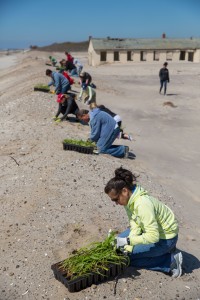
- Educating people about flood risk and practical steps they can take to reduce that risk.
- Making science-based analysis of climate risks a part of all project planning.
- Using insurance and other market forces to reduce building in hazardous locations.
- For the first time ever, applying climate resiliency principles and guidelines to all federal investments — federal infrastructure construction as well as state and local infrastructure construction using federal dollars.
This last point is especially important. Until now, the many federal actors involved in climate change adaptation have lacked any agreed upon approaches to building climate-resilient communities. Now, every agency charged with investing the billions in Sandy recovery funds will fund only those projects that conform with the best science on preparing for climate change.
Emphasizing green infrastructure
Perhaps most importantly, the new guidelines call for capturing the benefits of nature-based (“green infrastructure”) solutions to protecting communities from intensifying storms and floods. Green infrastructure is defined as including:
- Protecting communities from storm surge using the natural defenses provided by land and water systems such as wetlands, vegetated sand dunes, and forests.
- Building stormwater management systems that soak up and store water using natural areas and natural processes.
- Otherwise integrating natural systems and processes, or engineered systems that mimic natural systems and processes, into infrastructure.
This move by top federal officials to help steer the sizable Sandy investments toward green infrastructure is an exciting sign that the nation is truly beginning to shift away from its historic over-reliance on sea walls, dikes, levees and other “hard infrastructure” flood protection solutions. Although hard infrastructure is warranted in some cases, in many cases it is ineffective in controlling floods and causes extensive damage to wildlife and other natural resources.
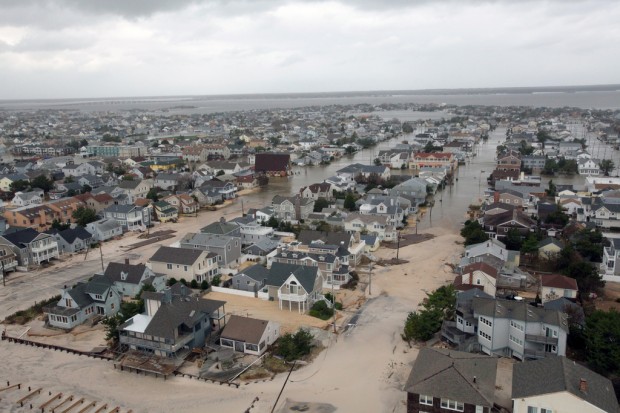
Missing: a wildlife restoration vision
One key flaw in the strategy is its failure to outline any kind of vision for wildlife restoration in the NYC metro area and Jersey shore. In fact, the plant and animals species of the region are barely mentioned. The New York City Parks Department alone has over 10,000 acres of forests, woodlands, freshwater wetlands, and saltwater marshes. Surrounding suburbs are likewise blessed with a diverse array of species and habitats. Historically, the Atlantic flyways teemed with migratory birds and the rivers and estuaries teemed with fish, shellfish, amphibians and reptiles. What part of the region’s rich natural legacy do the people of New York, New Jersey and Connecticut want to bequeath to future generations?
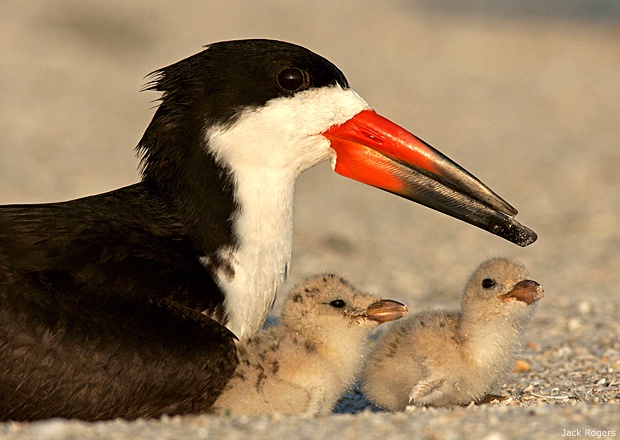
Integrating wildlife into green infrastructure strategies
Some might argue that the best place for planners to express their wildlife vision is in a wildlife or natural resources plan. But by their inclusion of green infrastructure in their rebuilding plan, the Hurricane Sandy task force implicitly acknowledges that the natural and built environments are so closely intertwined that they must be dealt with holistically. Now local leaders must take the next step and build the wildlife restoration element of the region’s green infrastructure strategies. If they do this, we will end up with abundant wildlife and safer, more vibrant communities.
John Kostyack
National Wildlife Federation
This post was also published on NWF’s Wildlife Promise blog.


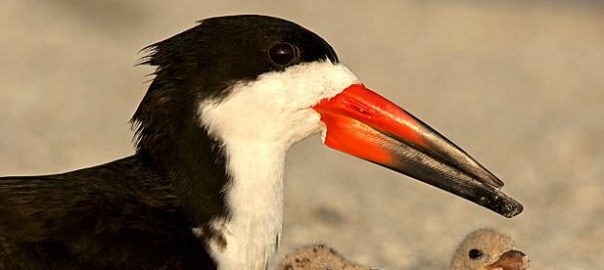
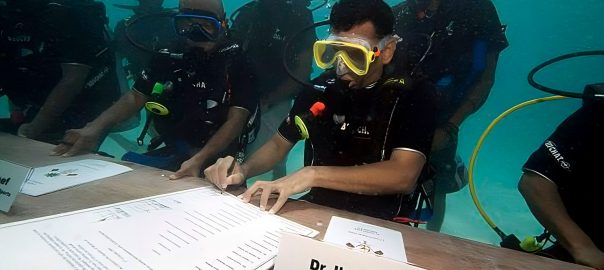


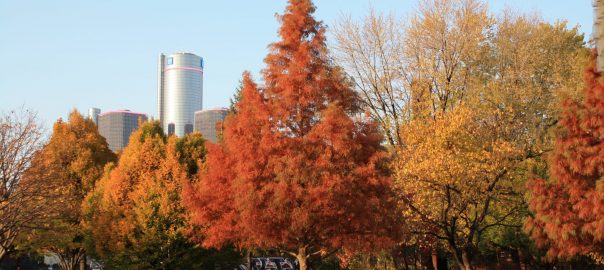
Leave a Reply